Light tank T-70
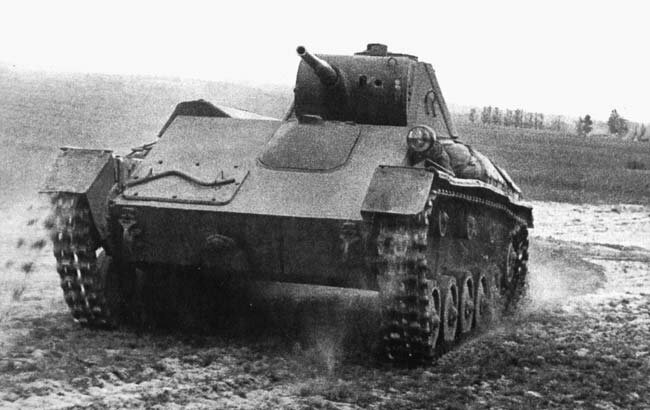
In September, the 1941 of the year, the design bureau of the plant No. 37, which at that time was the head of the T-60, proposed a variant of its modernization, which received the T-45 index. In fact, it was the same T-60, but with a new turret, in which the 45-mm gun was installed. On this machine, it was supposed to use a new ZIS-60 engine with an 100 power of HP, which would make it possible to increase the thickness of the frontal armor of the tank to 35 - 45 mm. However, the ZIS plant was unable to master the production of the engine due to evacuation from Moscow to the Urals, to the city of Miass. The situation was not saved by the attempt to install a ZIS-16 engine with a 86 horsepower with a tank. With its development, not everything went smoothly either, and time did not wait.
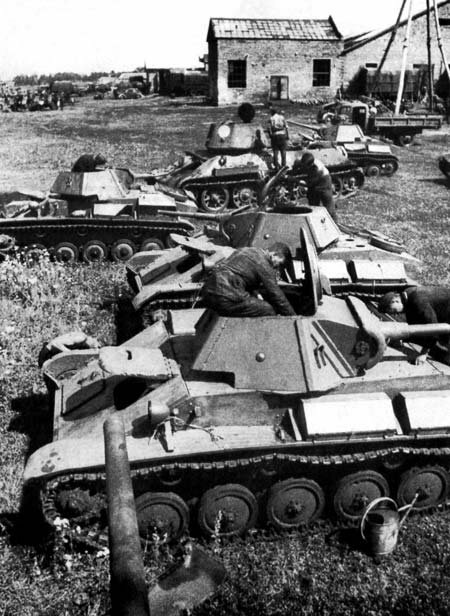
In parallel with the plant number 37, work on the creation of a new light tank unfolded at the Gorky Automobile Plant. There was nothing unusual in such a development of events - this enterprise had already had experience in the production of armored vehicles, being engaged in the serial production of T-27 tankettes and T-37A small amphibious tanks in 1930-s. Here, a number of prototypes of armored vehicles were designed and manufactured. In September 1941, the plant was tasked with organizing the mass production of the T-60 light tank, for which a separate structural division of tank production and the corresponding design bureau were created at GAZ in early September. The 37 N.A. Astrov overtook from Moscow to Gorky a prototype of the T-60 tank, which was to be used at GAZ as a reference. N.A.Astrov himself was also left at GAZ to help with organization of production of tanks.
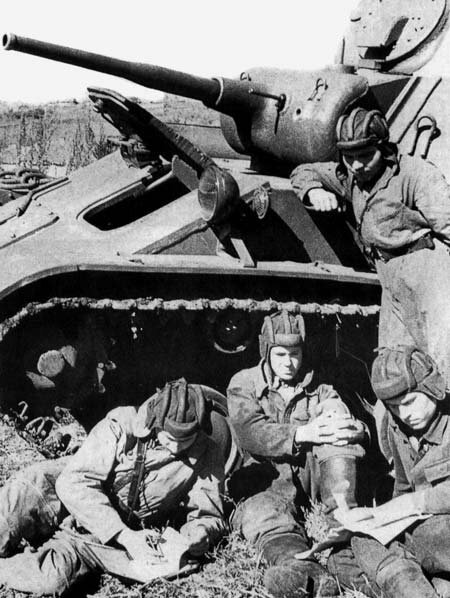
It was Astrov who presented to the GABTU of the Red Army a draft of a new light tank with reinforced armor and weapons, created on the basis of the T-60. As the power plant on this machine was supposed to use a pair of car engines GAZ-202. Prototypes of paired power units, which received the GAZ-203 index, were manufactured by the end of November. However, at the very first tests of parks through 6 - 10, the crankshafts of the second engines began to break, and only thanks to the efforts of the designers under the direction of A.A. Lipgart the paired power unit was able to bring the engine hours to the required 100. The design of the new tank in the GAZ design bureau was started at the end of October 1941. It was carried out very quickly, using a technique adopted in the automotive industry that was not usual for tank designers. Common types of combat vehicles were drawn in full size on special aluminum plates measuring 7x3 m, painted with white enamel and divided into squares with the size 200x200 mm. To reduce the area of the drawing and increase its accuracy, the main view — a longitudinal section — was superimposed on the plan, as well as full and partial cross-sections. The drawings were made as detailed as possible and included all the components and parts of the internal and external equipment of the machine. These drawings later served as the basis for control when assembling a prototype and even the entire first series of machines.
At the end of December, the 1941 of the year for the tank, which received the factory designation GAZ-70, welded the armored hull and cast a tower designed by V. Dedkov. Along with the cast, a version of the welded turret was developed. The tank assembly began in January 1942, and for some reason it was rather slow. Only 14 was completed in February, after which the tank was sent to Moscow, where it was shown to the GABTU representatives. The military has not aroused much enthusiasm in the military. In terms of armor protection, the tank was only slightly superior to the T-60, and nominally increased, thanks to the installation of the 45-mm cannon, the power of the weapon was leveled by the placement of one person in the turret, all-rounder master — commander, gunner and loader. However, H.Astrov promised to eliminate shortcomings in the shortest possible time. He quickly managed to increase the armor, bringing the thickness of the lower front hull sheet to 45 mm, and the upper one to 35 mm. As a result, the GKO from the 6 March 1942 of the year adopted the Red Army under the symbol T-70. Two days later, the resolution of the State Defense Committee on the production of a tank was seen, according to which factories No. 37 and No. 38 were involved in its production from April. However, reality did not allow these plans to be fully implemented. For example, the new tank required twice as many engines as T-60. The production of the cast tower was not possible, and GAZ had to quickly provide other plants with documentation for the welded tower. As a result, the April plan for the release of the T-70 was performed only by GAZ, which assembled 50 machines. Plant No. 38 in Kirov managed to manufacture only seven tanks, and at plant No. 37 they were unable to build their assembly either by April or later.
The layout of the new machine was not fundamentally different from that of the T-60 tank. The driver was located in the bow of the hull at the left side. The rotating commander, also displaced to the left side, housed the tank commander. In the middle part of the hull along the right side, two engines were installed in series on the common frame, which made up a single power unit. Transmission and drive wheels were located in front .
The hull of the tank was welded from rolled armor plates of thickness 6,10,15, 25, 35 and 45 mm. Welded joints were strengthened by riveting. Front and feed hull sheets had rational tilt angles. In the upper front plate there was a driver's hatch, in the lid of which the tanks of the first releases had an observation slot with triplex, and then a rotary periscopic observation device was installed.
The welded faceted tower, made of armor plates 35 mm thick, was mounted on a ball bearing in the middle part of the hull and had the shape of a truncated pyramid. The welded joints of the turret walls were reinforced with armored corners. The front part had a cast mask with embrasures for mounting a gun, a machine gun and a sight. In the roof of the tower made the entrance hatch of the tank commander. In the armored hatch of the hatch, a periscopic mirror observation device was installed, which provided the commander with a circular view. In addition, the hatch had a hatch for flag signaling.
On the T-70 tank was installed 45-mm tank gun model 1938 of the year and to her left - twin machine gun DT. For convenience, the tank commander shifted the gun to the right of the longitudinal axis of the tower. The length of the gun barrel was 46 calibers, the height of the line of fire - 1540 mm Angle pickups paired installation vertically ranged from-6 ° to + 20 ° For firing used telescopic TMFP sights (on the part of the tanks installed sight TOP) and mechanical - as a backup sighting range firing was 3600 m, maximum - 4800 m. When using a mechanical sight, it was only possible to shoot direct fire at a distance not more than 1000 m. Firing rate of the gun - 12 shots per minute Gear mechanism turning From the tower it was installed to the left of the commander, and the screw lifting mechanism of the paired installation was installed to the right. The trigger mechanism of the gun was a foot, the trigger gun was carried out by pressing the right pedal, and the machine gun on the left. The ammunition consisted of 90 shots with armor-piercing and fragmentation shells for the gun (of which 20 shots were in the store) and 945 cartridges for DT machine guns (15 disks). The initial velocity of an armor-piercing projectile with a mass of 1,42 kg was 760 m / s, and a fragmentation mass of 2,13 kg - 335 m / s. After an armor-piercing round was fired, the sleeve was ejected automatically. When firing a fragmentation projectile due to the shorter length of the recoil of the gun, the shutter was opened and the liner was removed manually.
The power plant GAZ-203 (70-6000) consisted of two four-stroke 6-cylinder carburetor engines GAZ-202 (GAZ 70-6004 - front and GAS 70-6005 - rear) with a total power of 140 L. p. The crankshafts of the engines were connected by a coupling with elastic bushings. Carter flywheel front engine to prevent lateral oscillations of the power unit connected with the starboard side. Battery ignition system, lubrication system and fuel (except tanks) system for each engine were independent. Two gas tanks with a total capacity of 440 l were located in the left part of the aft compartment of the hull in an isolated armored bulkhead compartment.
The transmission consisted of a two-disk half-centrifugal main dry-friction clutch (steel on ferrodo), a four-stage automobile type gearbox (4 + 1), a main gear with a bevel gear, two side clutches with belt brakes and two simple single-row side gearboxes. The main clutch and gearbox were assembled from parts borrowed from a ZIS-5 truck.
The propulsion unit for a single board consisted of a drive wheel with a removable gear rim zevochnogo gearing, five lean-to rubberized support rollers and three full-metal supporting rollers, a guide wheel with a crank tension mechanism caterpillar and small-sized track from 91 track. The designs of the guide wheel and the track roller were unified. The width of the cast track of the caterpillar was 260 mm Suspension - individual torsion bar.
Commander tanks equipped the 9Р or 12РТ radio station located in the turret with an internal intercom system TPU-2F A light signaling device was installed on the linear tanks for the commander's internal communication with the driver-mechanic and the internal intercom system TPU-2.
During production, the mass of the tank increased from 9,2 to 9,8 t, and the range on the highway decreased from 360 to 320 km.
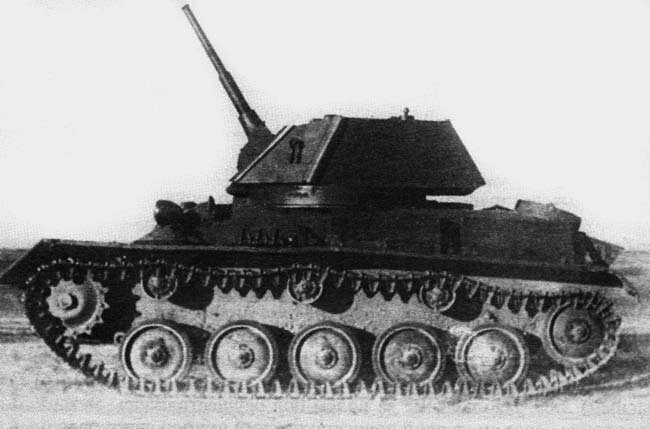
At the beginning of October 1942, GAZ, and from November, Plant No. 38 switched to production of T-70M tanks with an improved undercarriage. Width (from 260 to 300 mm) and track pitch, width of road wheels, and torsion diameter (from 33,5 to 36 mm) suspension and toothed rims of the drive wheels The number of tracks in the caterpillar was reduced from 91 to 80 pcs. In addition, support rollers were strengthened, stopping brakes and final drives of the tank mass increased to 10 t, and the cruising range on the highway decreased to 250 km. Ammunition gun reduced to 70 shots.
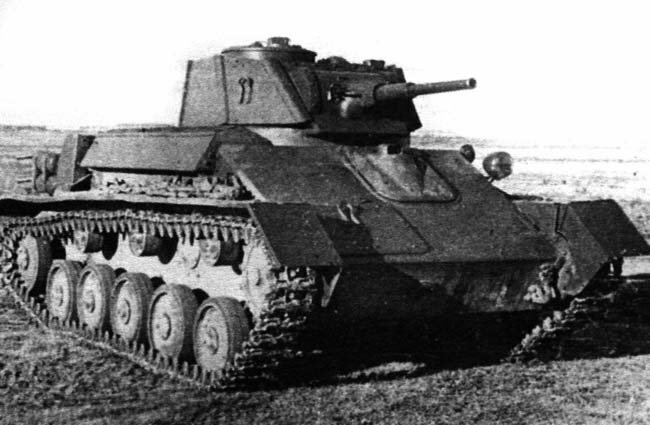
From the end of December 1942, Plant No. 38 stopped producing tanks and switched to the production of self-propelled guns SU-76. As a result, starting in 1943, light tanks for the Red Army were produced only at GAZ. At the same time, in the second half of 1943, the release was accompanied by great difficulties. From June 5 to 14, the plant underwent German raids aviation. 2170 bombs were dropped on the Avtozavodsky district of Gorky, of which 1540 directly on the territory of the plant More than 50 buildings and structures were completely destroyed or badly damaged. In particular, the workshop of the chassis, wheeled, assembly and thermal No. 2, the main conveyor, the engine depot burned down, and many other workshops of the plant were seriously affected. As a result, the production of BA-64 armored vehicles and cars was stopped. However, the production of tanks did not stop, although it somewhat decreased - only in August was it possible to block the May production volume. But the age of the light tank was already measured out - on August 28, 1943, a GKO decree was issued, according to which GAZ switched to the production of self-propelled SU-1M units from October 76 of that year. In total, in 1942 - 1943, 8226 tanks of the T-70 and T-70M modifications were produced.
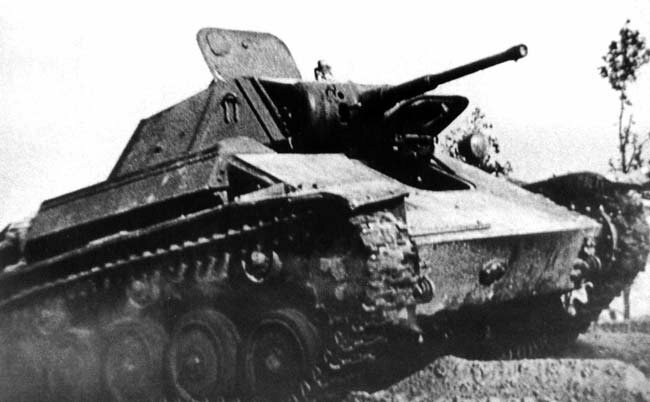
Light tank T-70 and its improved version of T-70M were in service with tank brigades and regiments of the so-called mixed organization, together with the medium tank T-34. The brigade had an X-NUMX tank T-32 and a 34 tank T-21. Such brigades could be part of tank and mechanized corps or be separate. The tank regiment was armed with the 70 T-23 and 34 T-16. The regiments could be part of the mechanized brigades or to be separate. By the spring of 70, light tanks T-1944 expelled from the states of the Red Army tank units. Nevertheless, in some teams they continued to operate for quite some time. In addition, part of this type of tank was used in self-propelled artillery divisions, regiments and SU-70 brigades as commander vehicles. Often they were equipped with tank units in motorcycle units T-76 and T-70 tanks participated in combat operations until the end World War II.
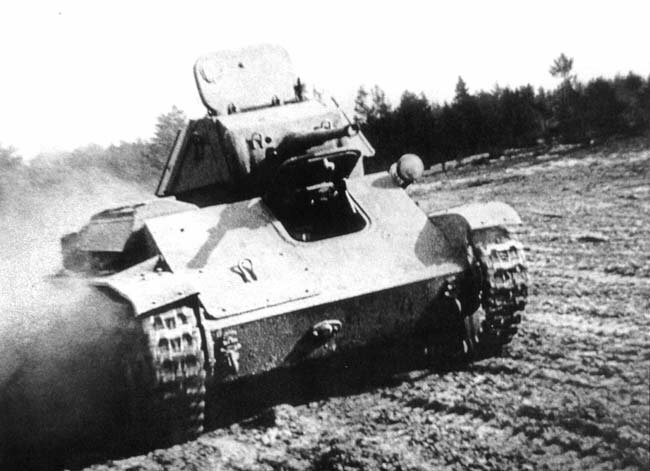
T-70 tanks received baptism of fire during the fighting in the South-West direction in June-July 1942 and suffered serious losses. The very first battles revealed the low fighting qualities of the new light tanks, the armament of which did not allow them to fight the German medium tanks. machines in the Wehrmacht rapidly declined), and armor protection was insufficient when using them as tanks for direct support of infantry In addition, the presence in the crew of only two tank crews, one of which was extremely overloaded. numerous duties, as well as the lack of communication vehicles on combat vehicles, made it extremely difficult to use them as part of units and led to increased losses.
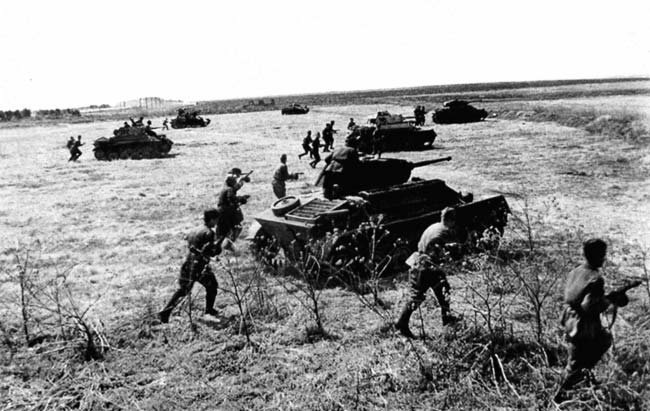
The final point in the combat career of these tanks was set by the Battle of Kursk - the opportunity to survive, not to mention becoming the winner, in open battle with the new German heavy tanks from the T-70 was close to zero. At the same time, the troops also noted the positive advantages of the "seventy." According to some tank commanders, T-70 was the best suited for the pursuit of the retreating enemy, which became relevant in the 1943 year. The reliability of the power plant and chassis T-70 were higher than that of the T-34, which made it possible to make long marches. The “Seventy” was low-noise, which again sharply differed from the roaring engine and the thundering four, which, at night, for example, was heard over 1,5 km.
In collisions with enemy tanks, the crews of the T-70 had to show miracles of ingenuity. Much depended on the crew’s knowledge of the features of their vehicle, its advantages and disadvantages. In the hands of skilled tank crews and T-70 was formidable weapons. So, for example, 6 July 1943 of the year in battles for the village of Pokrovka on the Oboyan direction, the crew of the T-70 tank from the 49 Guards Tank Brigade, commanded by Lieutenant B.V. Pavlovich, managed to knock out three medium German tanks and one Panther . A very exceptional case occurred on August 21 1943 of the year in the 178-th tank brigade. When repelling an enemy counterattack, the commander of the T-70 tank, Lieutenant A.L. Dmitrienko noticed a retreating German tank. Having overtaken the enemy, the lieutenant ordered his driver to move next to him (apparently, in the “dead zone”). It was possible to shoot point-blank, but when he saw that the hatch in the tower of the German tank was open (German tankers almost always went into battle with open tower hatches), Dmitrienko got out of the T-70, jumped onto the armor of the enemy machine and threw a grenade into the hatch. The crew of the German tank was destroyed, and the tank itself was towed to our location and, after minor repairs, was used in combat.
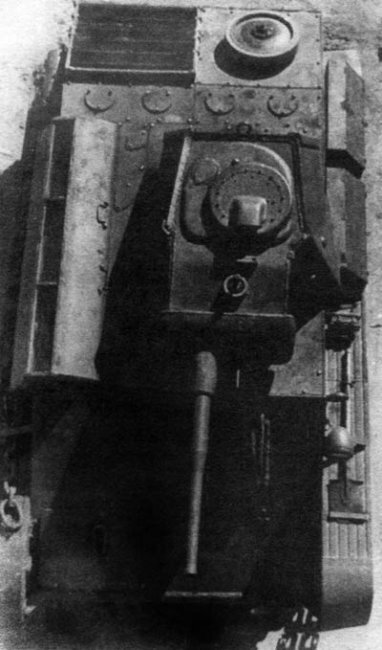
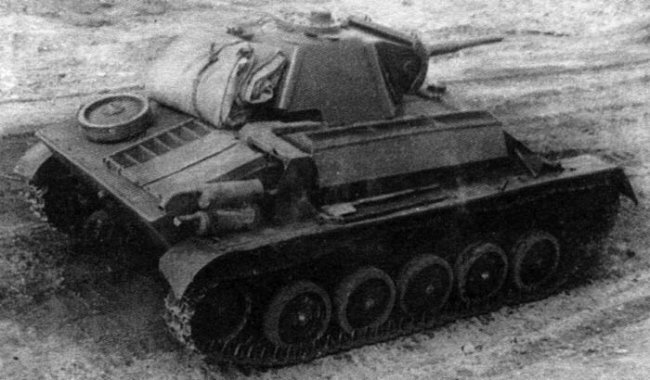
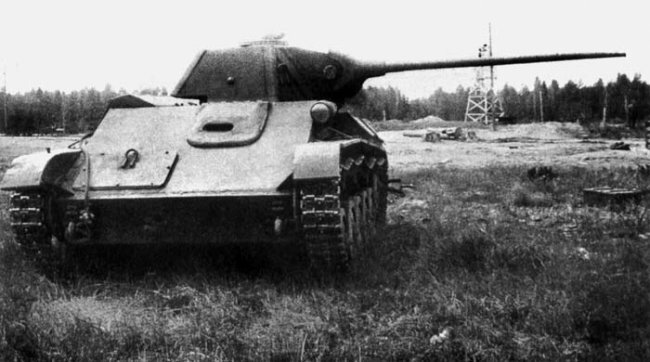
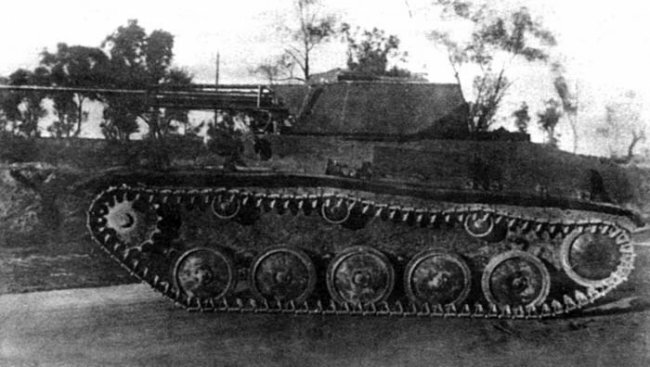
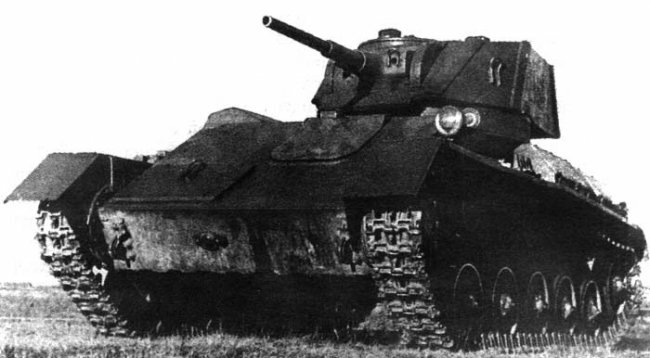
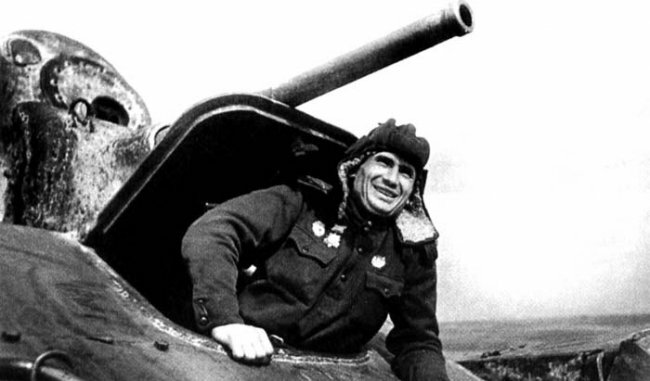
Information